Roof Inspection
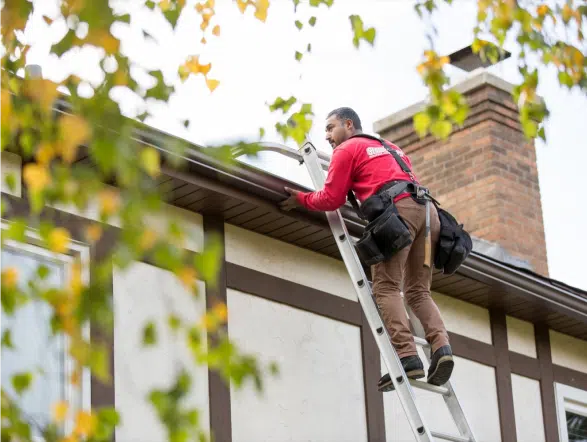

Your roof is your first line of defense against the elements, and keeping it in good repair should be a high priority. Whether you check your roof yourself or get a professional inspection, knowing what a proper inspection of your roof looks like will help you get the highest quality possible.
While doing your own roof inspection may work in some cases, it’s still important to have a professional roof inspection done every few years or as needed. While professionals can see everything you can, they also know the less obvious signs to look for. This includes things like checking your venting and watching for signs of sagging. If you don’t want to deal with going up into your attic and potentially putting a hole through your ceiling, a professional will take the time to properly inspect for water stains, leaks, and other signs of damage. Professionals also know how to look for problems in workmanship that may not be obvious to the untrained eye, like incorrectly installed flashing and developing chimney problems.
At Storm Guard, we take the process a few steps further. Storm Guard works with your homeowner’s insurance company to help you file a free inspection claim. Other inspection companies may charge up to $300, and who knows whether they actually know what they’re doing! Our technicians are trained to spot hard-to-see damage from the ground and on the roof. We will then work closely with you and your insurance company to complete any repairs or replacements that are needed.
Have you noticed signs of damage on your roof following a storm? You need a roof inspection specialist like Storm Guard Roofing and Construction to provide expert solutions. Our skilled team offers thorough roof inspections to assess the damage and can quickly restore your roof to optimal condition.
Our roof inspection service involves examining your property's roof, windows, gutters, attic, and ceiling to meticulously document roof damage after a storm. We conduct these assessments to ensure smooth insurance claim processing and accurate compensation for repairs.
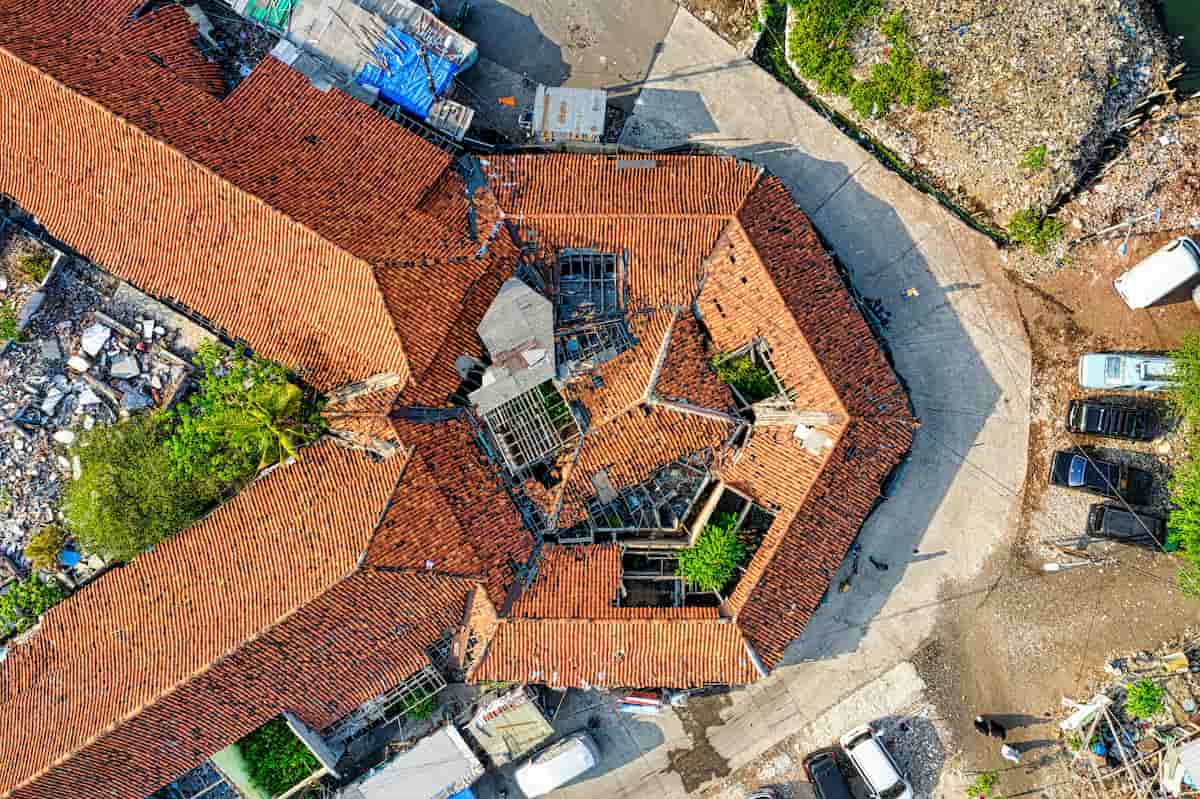
While roof inspections reveal the needed roof repairs, these repairs may take time. Storm Guard offers emergency roof tarping to shield your roof from the elements and prevent further damage. Our roof inspection company responds quickly and professionally to make you feel safe and comfortable, even in urgent situations.
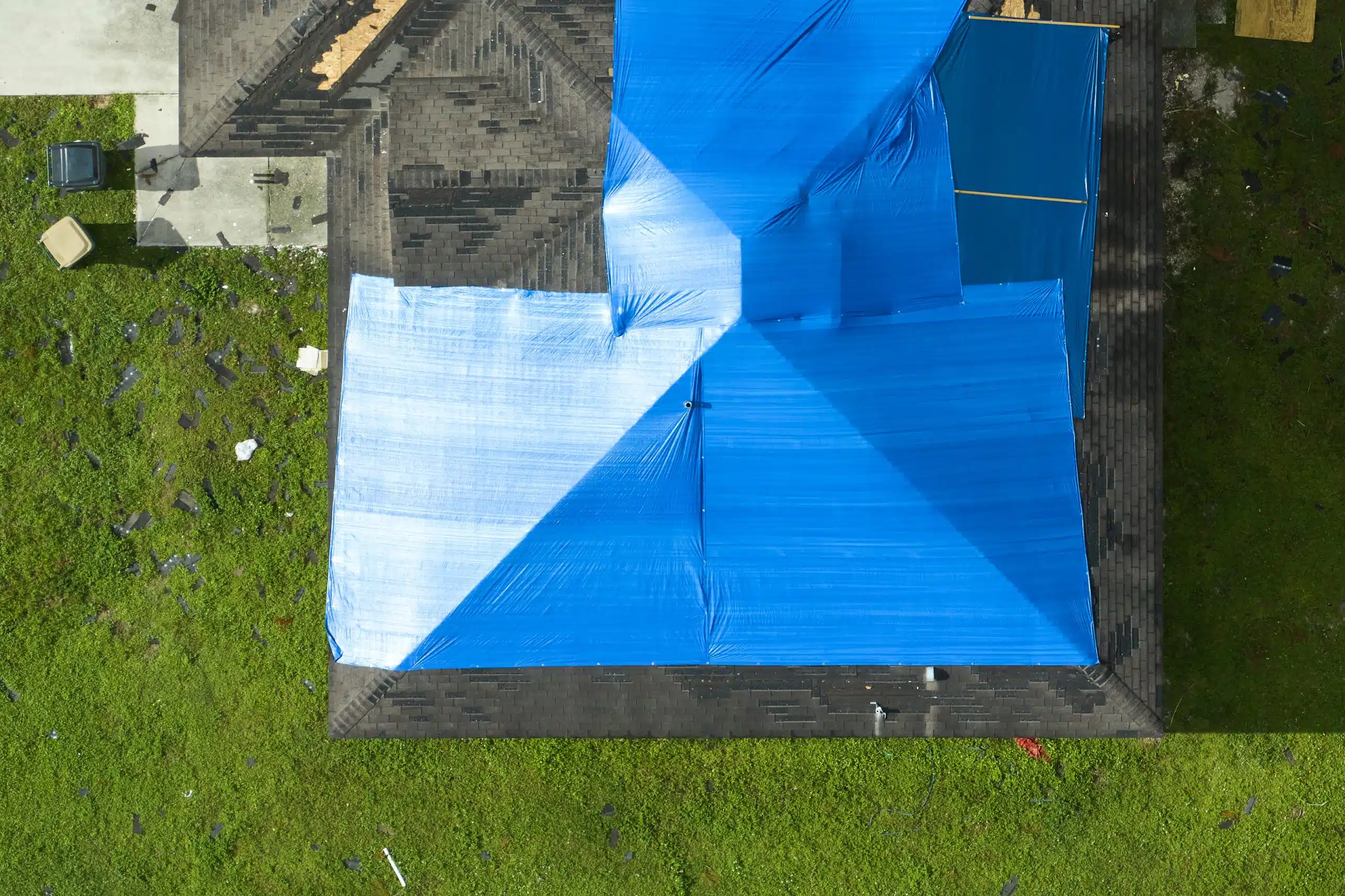
We repair cracked, rusted, loose, or deteriorated flashing by thoroughly understanding the tools and methods for restoring flashing integrity.
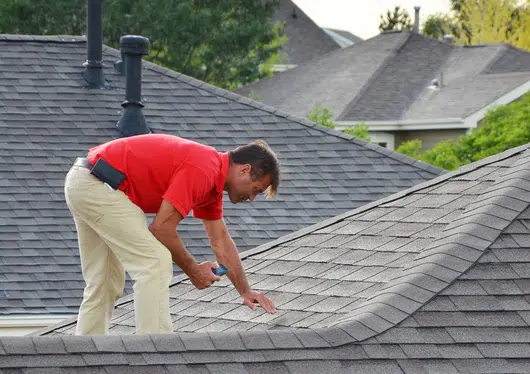
Our repair crew addresses clogs, sagging, leaks, incorrect slopes, weather damage, and rodent damage that weaken your roof’s gutters.
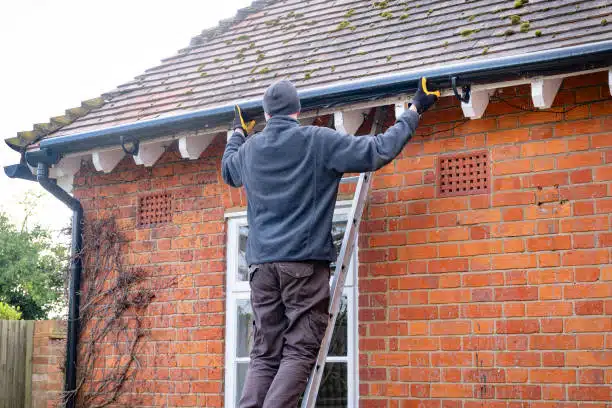
Learn more about our most frequently asked roof inspection questions
Roof inspectors are looking for damage to your roof and anything that may cause future damage. This includes roof leaks, broken shingles, cracked sealant, moss, debris, standing water, and broken flashing.
A thorough roof inspection will take place on the ground, on the roof, and in your attic if there is an access point. The roof inspector will take notes on the damage they find and walk you through any needed repairs.
A roof inspection helps you catch small problems before they become big. By the time you can see leaks on your ceiling, chances are you already have a large amount of damage.
An annual roof inspection is ideal. Some professionals recommend as often as once a year, but if your roof is under 5 years old and hasn’t been exposed to extreme weather, you can do it less frequently.
This depends entirely on negotiations but, typically, the seller will pay for roof repairs or negotiate the price.
First, check your policy. If the reason you want a new roof is not covered then you may be on your own. If not, then odds are you can work with your insurance company to pay for some if not all of the new roof. Be sure to document the damage in writing and in pictures. Pictures help make your situation clear, especially photos with timestamps. The more evidence you have, the better. Also, check the age of your roof. Roofs less than 10 years old are usually covered by insurance, but older roofs may have limitations. Your final step is to get a professional opinion and an estimate on how much the repair or replacement will cost. If your roof professional says repairs will save the insurance company in the long run, they’re more likely to help pay. Storm Guard will help you file your claim and get the repair process started.
Whether you’re looking for residential or commercial exterior restoration or roofing services, we’re here to help.



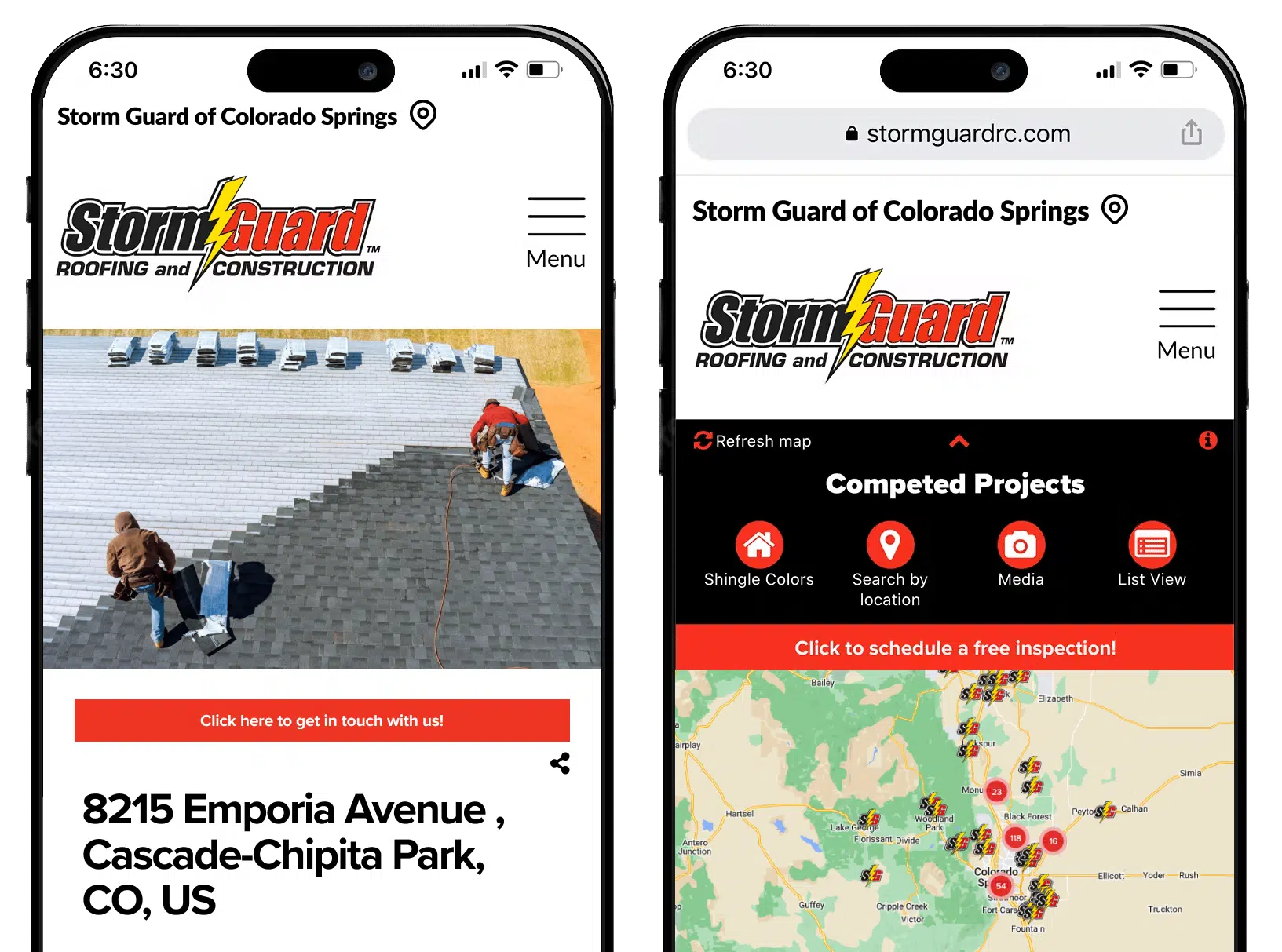
We’re fanatic about customer satisfaction and provide the strongest materials, workmanship and labor warranties in the industry.
Quality without compromise - it’s our mantra. With over 20+ years experience, we know the formula for delivering a high quality exterior contractor service.
